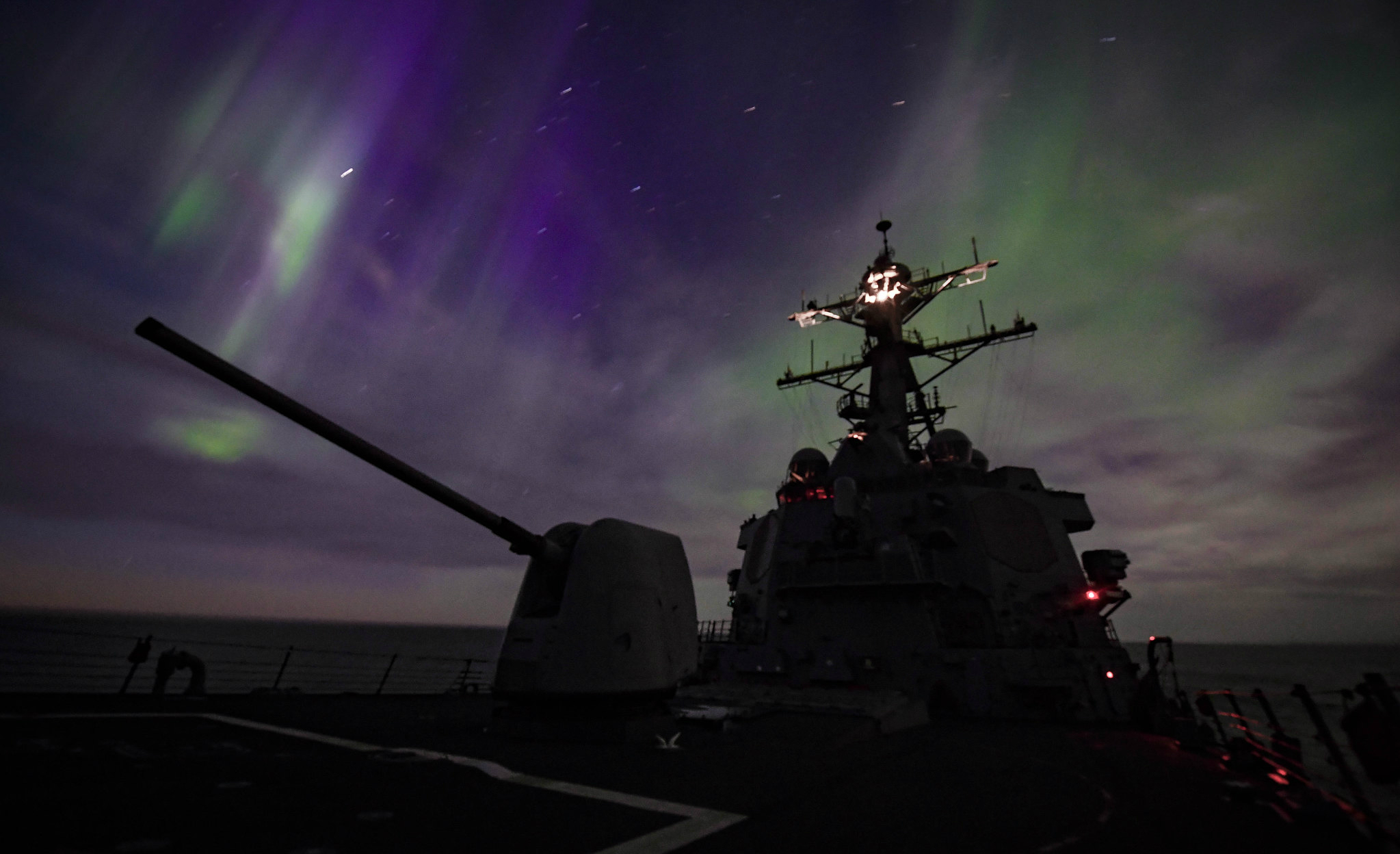How a Biden administration can strengthen U.S. Arctic Security
A new administration should include Arctic-related defense requirements in the next National Security Strategy so the Defense Department can develop the operational capabilities it needs.

Editor’s note: This op-ed is part of a series offering Arctic policy recommendations to the incoming administration of President-elect Joe Biden. Follow our social media channels (Facebook, Twitter) or subscribe to our daily newsletter to be the first to read new installments.
With a change in administration, especially one involving a shift in relatively extreme partisan policies, the United States will undoubtedly have a new edition of the National Security Strategy within a few months of President-elect Joe Biden’s inauguration. This upcoming guidance will fundamentally prioritize the leading threats to U.S. national interests. Subsequent strategies will then be developed within various subordinate scopes to be adapted throughout the U.S. security apparatus — a process largely structured by the limits of agency jurisdictions and authorities.
The process is a massive undertaking, so it’s important to consider what changes can be expected involving the Arctic and what those will mean.
Given relatively recent U.S. military interests involving Arctic regional security and defense-related adversarial advancements, the next edition of the NSS seems more likely than not to include Arctic-specific language. More importantly, it will not be cursory — like the single mention in the current edition. Such developments will significantly change the family of Defense Department Arctic-related strategies with specific regard to operational requirements and capabilities.
Although Arctic defense-related activities continue to occur, most fall within two categories, including 1) post-Cold War continuations in support of national defense, and 2) minor programmatic endeavors. The most important feature of both is funding.
For the first category, fiscal mandates continue to provide defense expectations involving the Arctic, but within national defense purposes. The end of the Soviet Union did not end the Arctic-related ‘over-the-pole’ defense requirements for North America, mostly led by NORAD. For the second category, select military units and participants pursue nominal training and exercises whenever opportunity funding was allocated.
But it’s critical to note that neither of these categories begins to provide operational requirements or capabilities with regard to developing security needs, and to date, there is not a single U.S. Defense Department unit with a defined Arctic mission.
Such issues are not in any way the fault or negligence of the U.S. Department of Defense. Instead they reflect how the nation’s political-security architecture works. Not everything can be priority — especially a priority with mandated funding. Moreover, the U.S. Coast Guard has done a phenomenal job as the lead U.S. operator throughout the Arctic maritime surface and near-surface. But diminishing sea ice continues to allow increased access and activity, changing the nature of security throughout the region.
Once the National Security Strategy signals Arctic-specific defense-related requirements, the Defense Department can then begin to move forward on defining and meeting objectives, starting with establishment of a new department-wide Arctic Strategy. The process happens in tandem with Congress, who must help define and adhere to enabling fiscal allocations, which mostly cycles through the yearly National Defense Authorization Act, otherwise known as Defense Department’s annual budget vehicle. Importantly, mandates also provide funding expectations that help give mission sets some stability. From there, joint and service components can pursue their own appropriate strategies under the same conditions. To that end, U.S. military Arctic operational requirements and capabilities can further be defined and pursued without disrupting other global and national critical missions.
Acknowledgement: A version of this article is also part of a longer article being published through the North American and Arctic Defense Security Network. Moreover, the article content is original wording, but directly related to a greatly expanded scholarly examination of this topic involving the current Defense Department Arctic operational circumstances and expectations under review in the Polar Journal with my co-author Lindsay L. Rodman, a Marine and former NSC policy director and deputy council to the Chairman of the Joint Chiefs of Staff.
Troy J. Bouffard is the director of the Center for Arctic Security and Resilience and faculty at the University of Alaska Fairbanks.
The views expressed here are the writer’s and are not necessarily endorsed by ArcticToday, which welcomes a broad range of viewpoints. To submit a piece for consideration, email commentary (at) arctictoday.com.